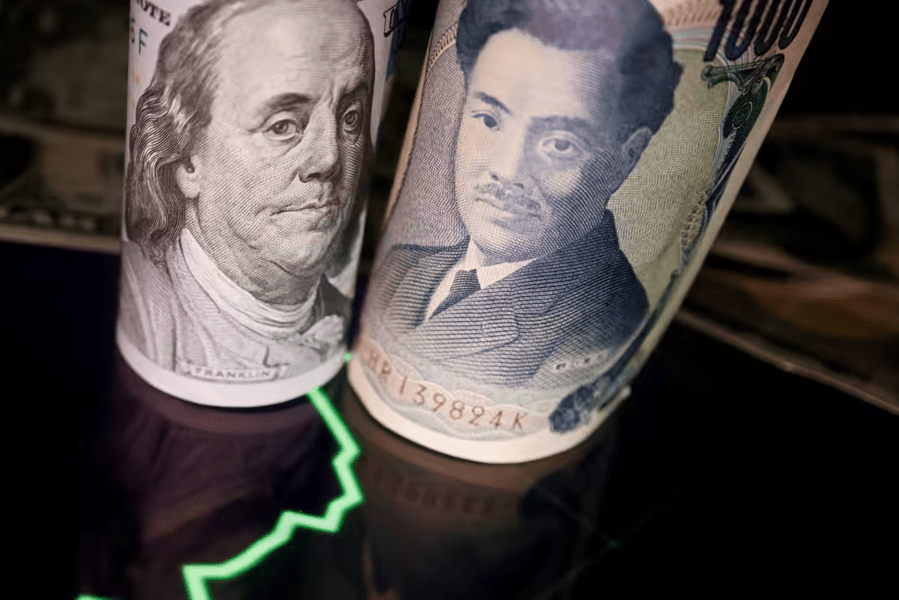The US dollar rose to a 24-year high against the Japanese yen, benefiting from the contrast between Japan’s ultra-loose monetary policy and the Federal Reserve’s tight policy, which signals further rate hikes to bring inflation down to its 2 percent target.
The Japanese yen on Thursday fell to 140 yen per dollar, reaching a level last seen in August 1998, according to Reuters.
The Japanese currency has fallen by 25 against the dollar since the beginning of the year. Crossing 140 marks another milestone in the sell-off for the yen in terms of investor sentiment.
Thursday’s move in the yen followed fresh data on U.S. manufacturing. The Institute for Supply Management’s gauge of factory activity beat analysts’ expectations in August, suggesting the Fed had a free hand to continue fighting inflation.
According to analysts, this is due to the Central Bank of Japan’s excessive delay in tightening monetary policy and raising interest rates, as has been done by the major global central banks.
Following the European Central Bank’s most recent move, raising European interest rates for the first time since 2011, it is clear that the Bank of Japan is the only major central banker committed to ultra-easy monetary policy.
During recent meetings, the Japanese central bank emphasized its firm commitment to strong monetary stimulus to aid the recovery of the world’s third-largest economy from the recession caused by Corona.








